As part of its plan to send humans back to the moon, NASA expects to launch a test mission, called Artemis I, in November. Now NASA is asking people to help it decide on a name for a manikin, or human model, that will be sent on the mission.
The US is the only country to have sent men to the moon, but the last time that happened was in 1972. NASA has been working on a plan to send humans to the moon once more. It’s called the Artemis program, and this time NASA wants the crew to include the first woman and the first person of color.
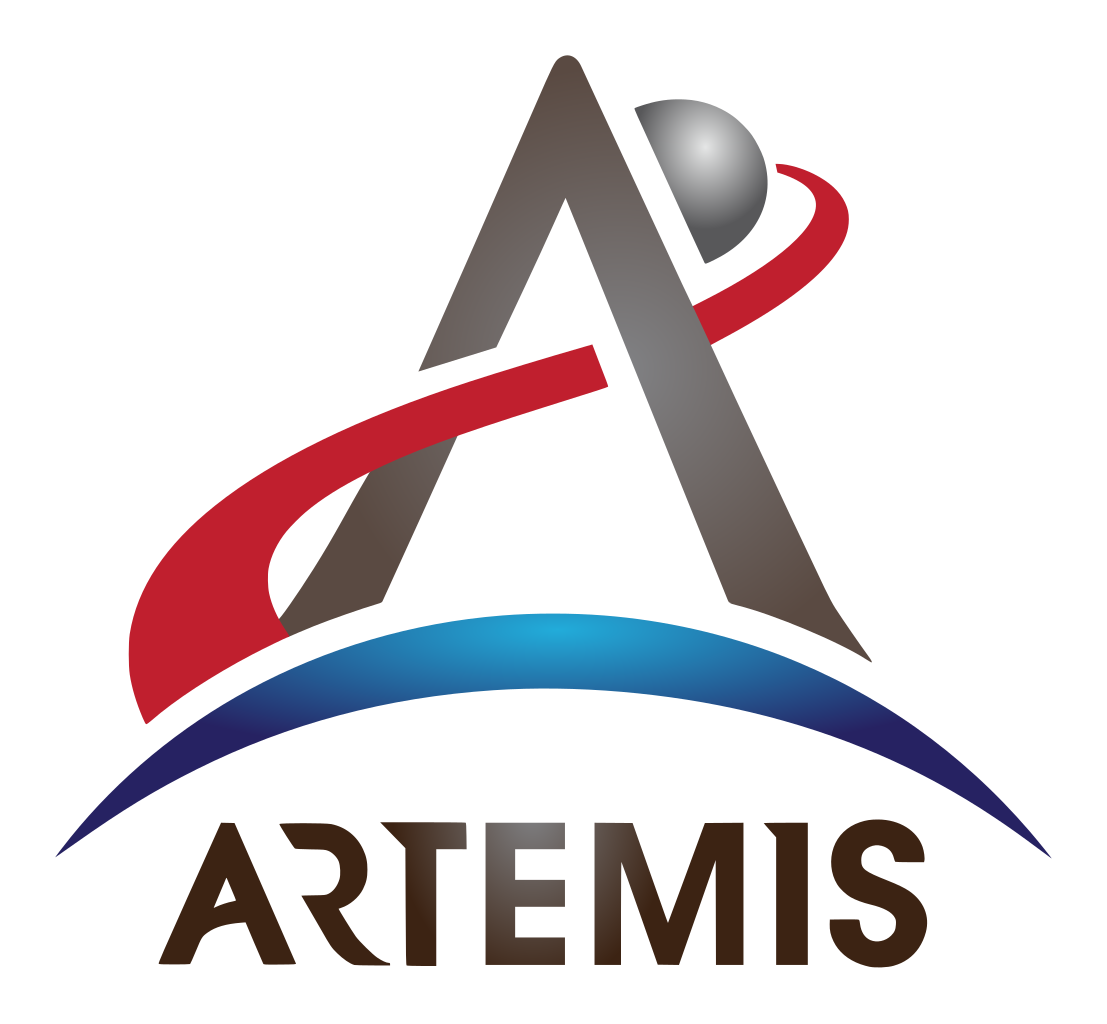
(Source: EricMuss-Barnes [Public domain], via Wikimedia Commons.)
But a lot of work has to be done before that can happen. One of the next steps will be the 280,000-mile (450,000-kilometer) Artemis I mission. No astronauts will fly on this mission, and it will go around the moon instead of landing on it. Artemis I is designed to test out systems that will be used by future missions.
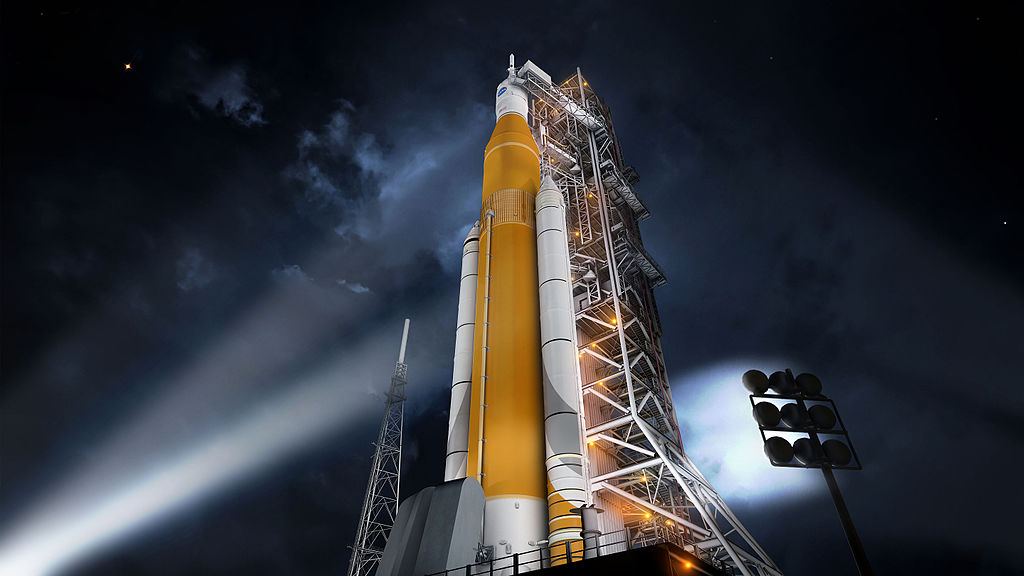
(Source: NASA/Marshall Space Flight Center [Public domain], via Wikimedia Commons.)
One thing that the Artemis I mission will test is the Space Launch System (SLS) rocket, which is supposed to be the most powerful rocket system in the world. The rocket will carry the Orion spacecraft into space.
Both of these systems are new, and NASA wants to test them completely before using them with humans. If the Artemis I flight goes well, Artemis II will carry out a similar mission, but with astronauts.
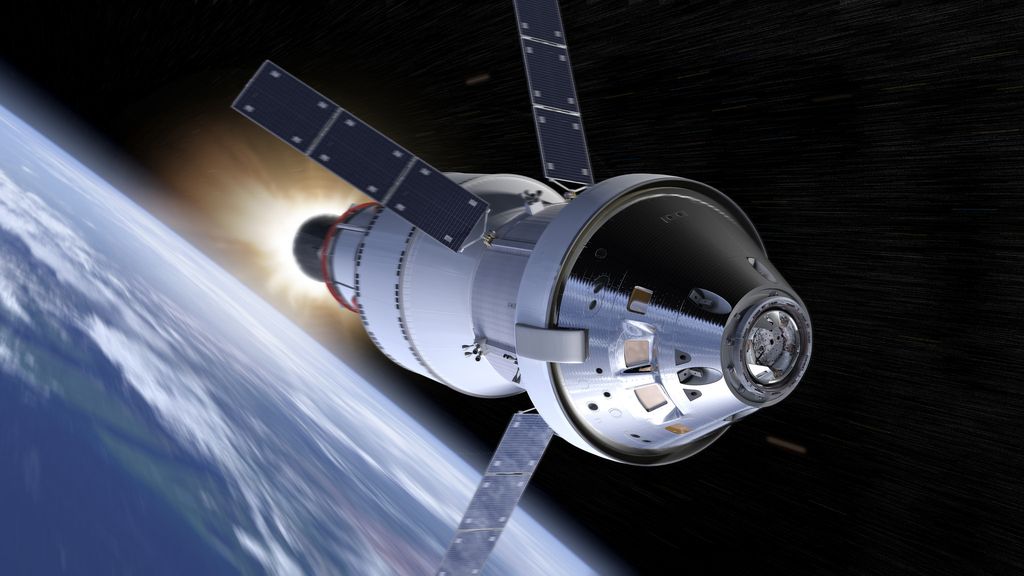
(Source: NASA.)
Taking the place of an astronaut on the Artemis I mission will be a “manikin” – a human-sized model. For the 25 days of the flight, the manikin will be sitting in the commander’s seat inside the Orion. For now, NASA is calling the manikin a “moonikin”.
The manikin will be wearing NASA’s new orange survival system suit. The suit is designed to be worn during risky parts of the mission, like takeoff and landing.
At times during the flight, astronauts will be exposed to radiation, which could be harmful. So under the suit, the manikin will have two sensors to record radiation levels.
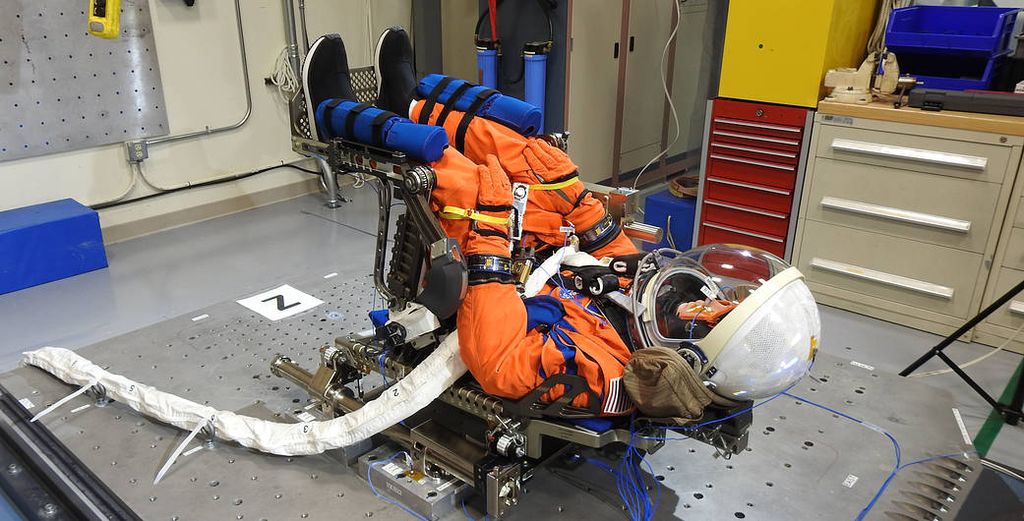
(Source: NASA.)
The manikin’s seat will also have a sensor to record how quickly the Orion is speeding up. At times, the way the rocket is speeding up will make the astronauts feel a force 2.5 times as strong as gravity. The seat also has a sensor to record shaking and bumping.
The moonikin will have company on the flight. Two torsos (upper bodies) will be strapped into two other seats on the Orion. The torsos will also be testing for radiation. One of them will be wearing a special vest designed to protect against radiation.
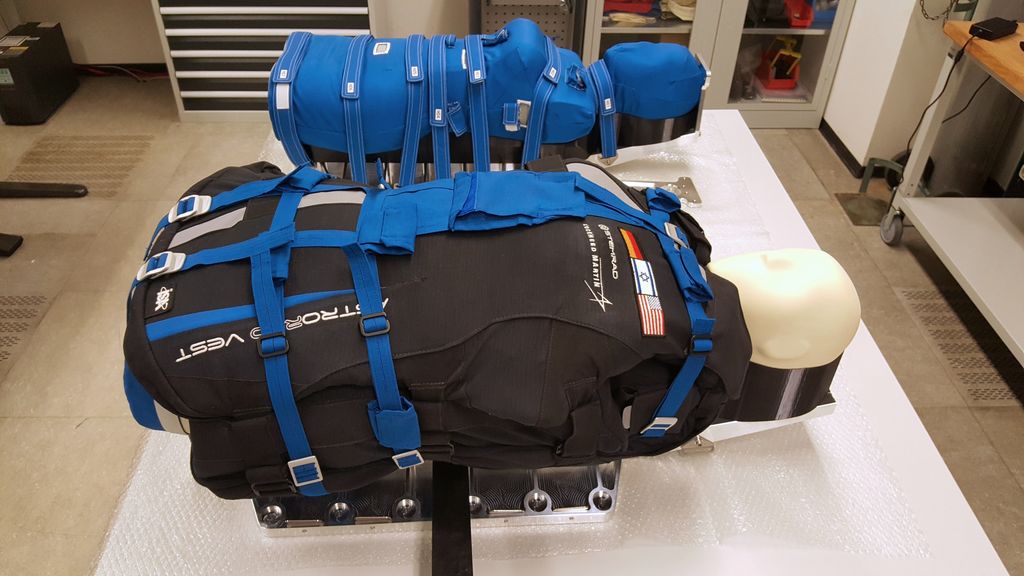
(Source: StemRad.)
The torsos are named Helga and Zohar. But the manikin does not yet have a name. So yesterday, NASA began a naming contest. NASA has eight possible names in mind. Every other day, they’re asking people to choose between two names. The final winner will be announced on June 29.
To learn more about the names that NASA is considering, you can visit this page: What’s behind the manikin names?
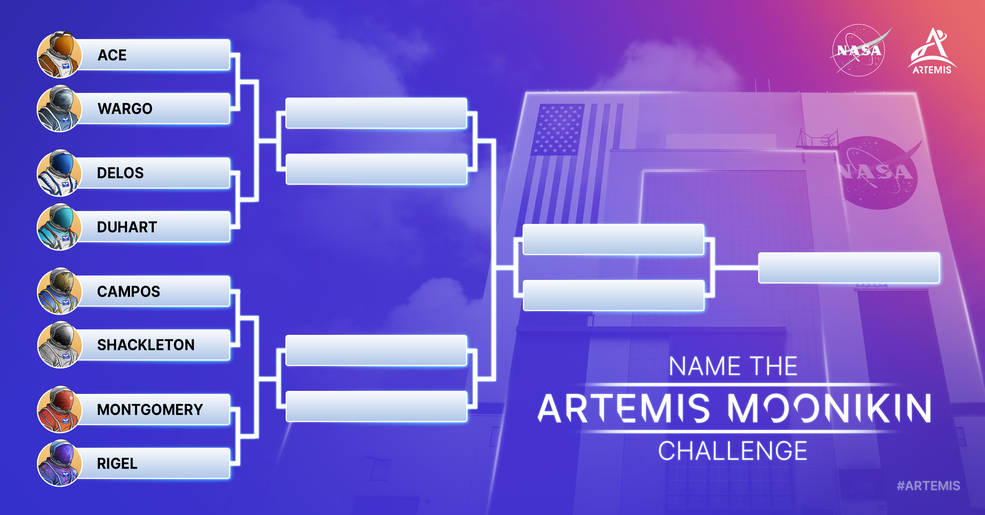
(Source: NASA.)
Did You Know…?
Though the Artemis I mission is planned for November of this year, it could be delayed. It was originally planned for 2017 and has been delayed about eight times already.
